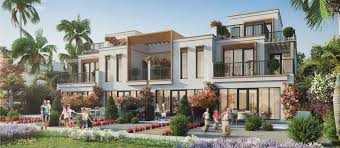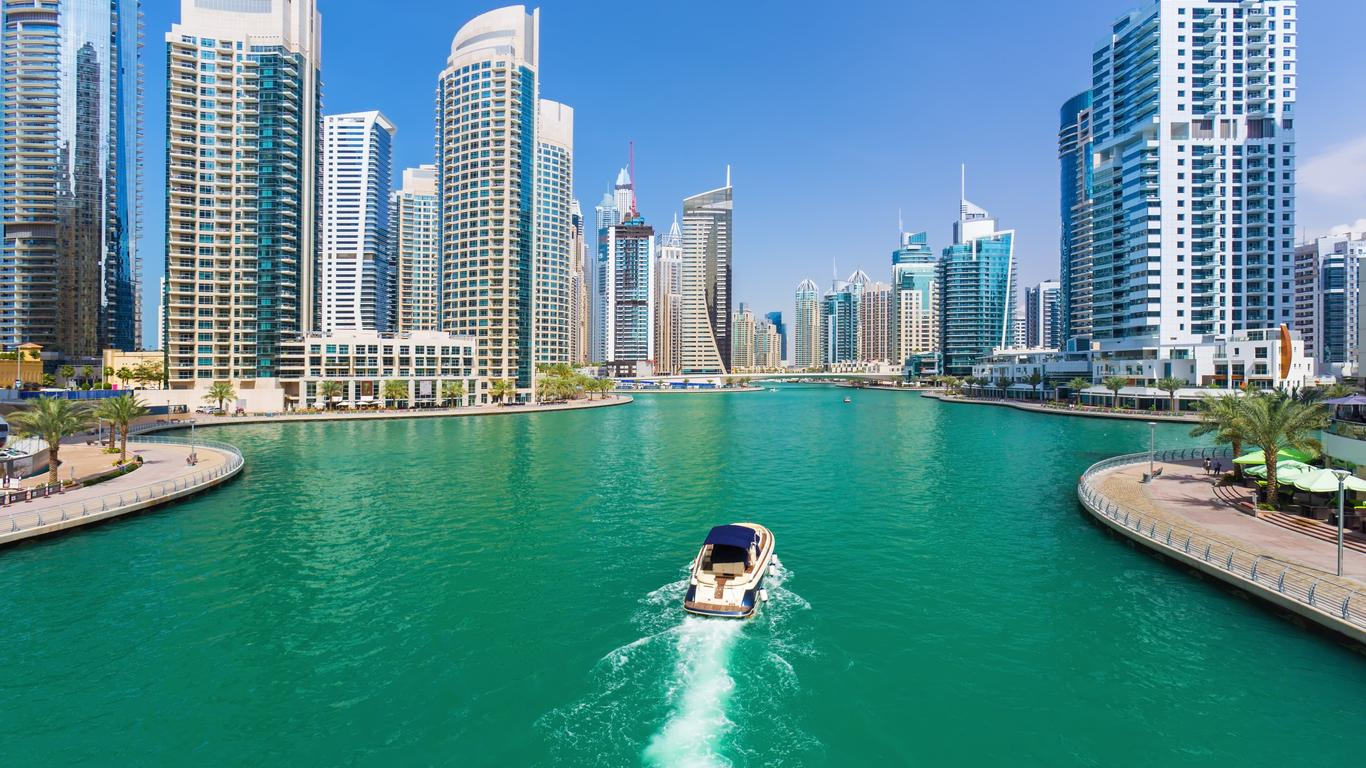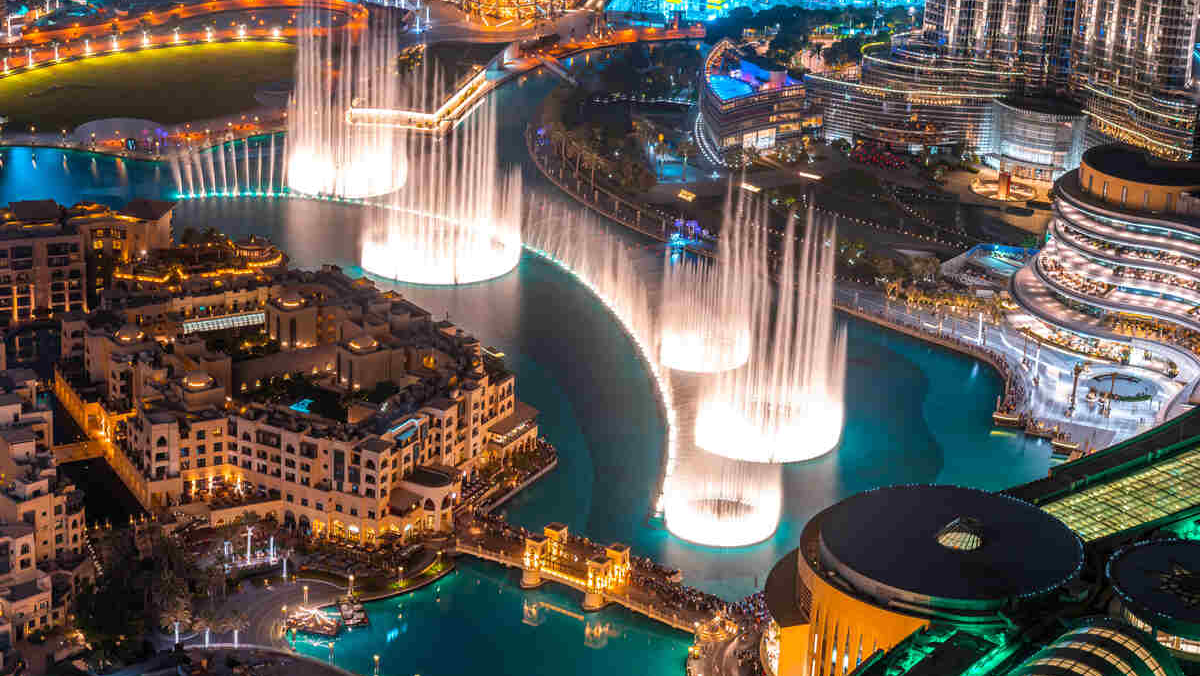Now Reading: Dubai Real Estate: 5 Tax Breaks for Off-Plan Project Investors
-
01
Dubai Real Estate: 5 Tax Breaks for Off-Plan Project Investors
Dubai Real Estate: 5 Tax Breaks for Off-Plan Project Investors

Table of Contents
Dubai’s real estate market remains a top destination for U.S. investors, driven by its tax-free environment for individuals, with no personal income tax, capital gains tax, or annual property taxes, allowing 100% retention of rental income and resale profits.
This contrasts with U.S. markets, where taxes can reduce returns by 15-30%. The UAE dirham’s peg to the U.S. dollar eliminates currency risk, and the Golden Visa, offering 10-year residency for investments of AED 2 million ($545,000), enhances appeal.
In 2025, Dubai’s market is thriving, with Q1 transactions reaching AED 110 billion and a 19.9% price increase, per Dubai Land Department data. Off-plan projects, popular for their lower entry prices and high appreciation potential, benefit from specific tax breaks. This article outlines five key tax breaks for U.S. investors in Dubai’s off-plan projects, maximizing returns in 2025.
1. Zero-Rated VAT on First Residential Sales
Under Federal Decree-Law No. 8 of 2017, the first sale of residential off-plan properties within three years of completion is zero-rated for VAT, allowing developers to recover input VAT without charging buyers. In 2025, stricter Federal Tax Authority (FTA) rules require completion certificates within 30 days, ensuring projects like Emaar’s Creek Crescent in Dubai Creek Harbour (AED 1.3 million, $354,000, 6-7% yields) remain VAT-free. This reduces acquisition costs compared to U.S. markets with 5-8% transaction taxes, saving buyers approximately $50,000 on a $1 million property.
2. No Income Tax on Rental Earnings
Dubai imposes no personal income tax on rental income from off-plan properties, enabling investors to retain 100% of earnings. For example, a $1 million off-plan apartment in Dubai Marina yielding 7% generates $70,000 tax-free annually, compared to $49,000-$56,000 after U.S. federal (up to 37%) and state taxes (e.g., 13.3% in California). High-demand zones like Downtown Dubai and Dubai South ensure 85-90% occupancy. U.S. investors must report rental income on IRS Schedule E, with deductions like depreciation ($36,364 annually for a $1 million property) offsetting taxable income.
3. Zero Capital Gains Tax on Resale Profits
Unlike the U.S., where long-term capital gains taxes reach 15-20% (plus state taxes), Dubai’s off-plan investments are exempt from capital gains tax. A $1.5 million off-plan apartment in Palm Jumeirah, like Emaar’s Sea Mirror, could appreciate to $1.8 million by 2026, yielding a $300,000 tax-free gain. Off-plan projects in zones like MBR City (7-10% appreciation) maximize returns compared to markets like London, with 28% capital gains tax for non-residents.
4. VAT-Exempt Long-Term Leases
Long-term leases (over six months) for residential off-plan properties are VAT-exempt in 2025, reducing compliance costs compared to commercial properties with 5% VAT. This benefits investors in high-yield zones like JVC (7-8%) and Business Bay (6-7%), where off-plan apartments start at AED 550,000 ($150,000). For instance, a $1 million apartment yielding 7% generates $70,000 tax-free annually, with minimal lease-related legal costs (AED 200, $54, for standard contracts). U.S. investors can deduct maintenance and management fees on IRS filings to further reduce tax liability.
5. Lowered Golden Visa Threshold for Off-Plan Investments
In 2025, the Golden Visa threshold for off-plan properties in zones like Dubai South and Business Bay drops to AED 1.5 million ($408,000), per UAE Government updates. This 10-year residency reduces travel and management costs, enhancing tax efficiency. For example, an off-plan townhouse in Emaar South’s Urbana (AED 1.2 million, $326,000, 7-8.5% yields) generates $105,000 tax-free annually for a $1.5 million investment, with residency simplifying operations. U.S. investors must report assets over $50,000 (single filers) via Form 8938 and accounts over $10,000 via FBAR to avoid penalties up to $100,000.
U.S. Tax Compliance Considerations
Dubai’s tax-free environment delivers superior returns compared to U.S. cities like New York (2-4% yields). A $1 million off-plan property yielding 7% generates $70,000 tax-free annually, versus $50,000-$60,000 after U.S. taxes. U.S. investors must report rental income on Schedule E, deducting expenses like depreciation, maintenance, and management fees. Non-compliance with FATCA (Form 8938) or FBAR risks penalties up to $100,000. The 4% DLD transfer fee, now paid upfront per 2025 rules, isn’t creditable against U.S. taxes.
Risks and Mitigation Strategies
Dubai’s market is robust, with AED 761 billion in 2024 transactions and a projected 5-9% price increase in 2025. Risks include off-plan delays in Dubai South or MBR City, oversupply in JVC, and global economic volatility like oil price fluctuations. Mitigate by choosing developers like Emaar or Azizi, verifying escrow compliance under the 2025 Oqood system (fines up to AED 500,000 for delays), and diversifying across zones like Downtown Dubai and Palm Jumeirah.
Why Dubai in 2025?
Dubai’s Economic Agenda D33, targeting a doubled economy by 2033, and 25 million projected tourists in 2025 drive demand for off-plan projects. Yields of 6-10%, zero personal taxes, and Golden Visa benefits outpace global hubs like London (3-5%) or Singapore (3-5%). These five tax breaks zero-rated VAT, no income tax, zero capital gains tax, VAT-exempt leases, and lowered Golden Visa thresholds make off-plan investments in zones like Dubai Creek Harbour and Dubai South highly attractive for U.S. investors in 2025.
In conclusion, Dubai’s off-plan projects offer U.S. investors unmatched tax breaks and high returns. By leveraging these tax advantages, partnering with reputable developers, and ensuring IRS compliance, investors can maximize wealth in one of the world’s most dynamic real estate markets. Dubai
read more: Dubai Real Estate: 6 Smart Moves Amid Evolving Tax Rules






















